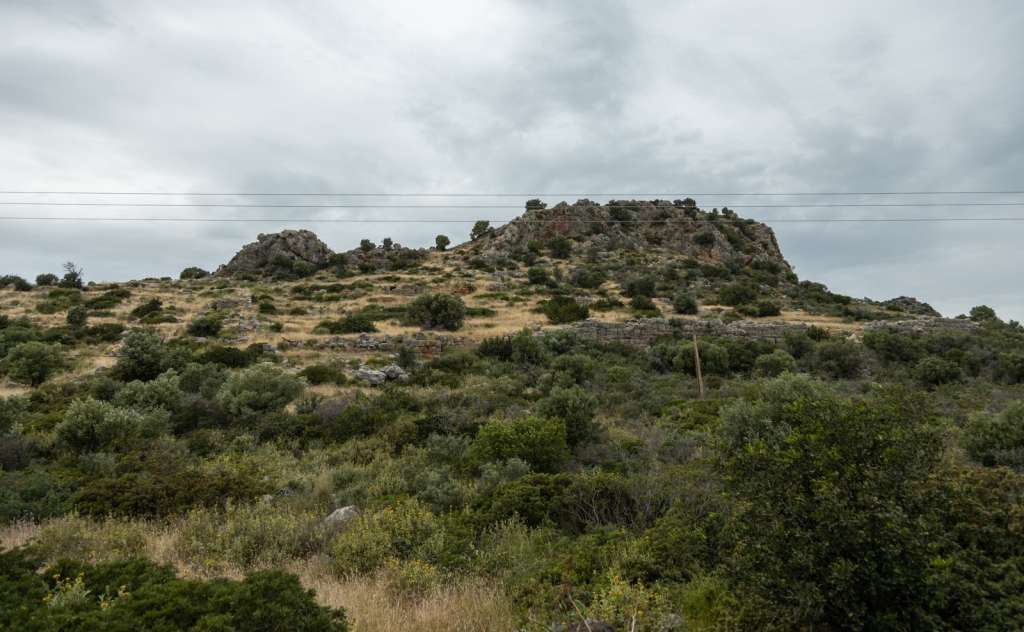Epidavros Limira

Epidaurus Limira was an ancient Greek city in the Laconian region. It was one of the most important cities in eastern Laconia and was located on the north coast of Kremmidi Bay, a little north of Monemvasia. According to traveller Pausanias, it was founded by residents of Argolic Epidaurus, who settled in the area due to an omen during their trip to the sanctuary of Asclepius in Kos. After their settlement in the area, they also built a temple dedicated to Asclepius (Laconic III, 23.6).
The area of Epidaurus Limira has been inhabited since prehistoric times. In the location of the Acropolis, indications have been found (shells), which indicate the use of the area from the Neolithic era. During the Mycenaean period, there must have been a significant settlement with a long life at the citadel site. Unfortunately, despite the excavations that have been carried out in the area, the architectural remains of this settlement have not yet been identified.
From the 7th century BC, the city became part of the Sparta state. During the Classical years, it seems that Epidaurus Limira was the most important city on the east coast of the Maleas Peninsula. The mention of its name as Epidaurus of Laconia in an inscription where a list of consuls of the 4th century BC from Karthea of Kea was written also confirms this. During the Peloponnesian War in 424 and 414 BC, it was destroyed twice by the Athenians (Thucydides 4,56 and 6,105), while it was probably walled in the 4th century BC or later.
According to Pausanias (III, 21.7), during the Roman period, the city belonged to the Commonwealth of the Free Laconians and experienced great prosperity. The city's flourishing is also indicated by the findings at the Acropolis, such as the building with a mosaic floor and an inscribed pedestal (of the end of the 2nd century AD), which had statues of Empress Julia Domna and members of her family erected on it. Remains of buildings of late antiquity are preserved, mainly on the south side of the citadel. The city declined and was abandoned after the 6th century AD when neighbouring Monemvasia developed and became the new strong centre of the region.
The remains of the city's citadel at the area of contemporary Agios Ioannis of Monemvasia are one of the most impressive sites in eastern Laconia. The fortress occupies a rocky hill near the coast. Impressive walls enclose the hill and the slope to the east, south and west. Its surviving height, today, reaches approximately 2 metres. Often, defects or damage were repaired by placing smaller stones. Also, in the walls, there are two gates.
One is located on the east side of the citadel, while the second is located on the southwest side and is connected to the ancient road that probably led to Sparta. Pausanias mentions (III 23,10) that there were temples of Aphrodite, Asclepius and Athena inside the Acropolis. Unfortunately, although the ruins of the temples are preserved, these buildings have not yet been identified.
Finally, the archaeological remains of the citadel became the subject of reference and study by many travellers of the 18th and 19th centuries, such as Boblaye, Castellan, Leake and Curtius, who devoted entire chapters to the description and depiction of the ancient city.



